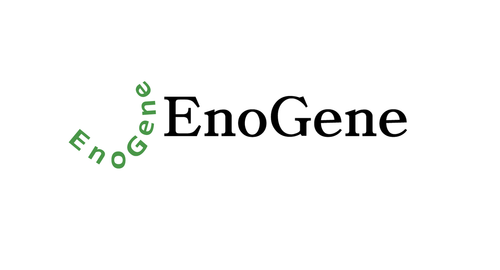Product Description
TCTN3 Antibody | 5837 | ProSci
Host: Rabbit
Reactivity: Human, Mouse, Rat
Homology: N/A
Immunogen: TCTN3 antibody was raised against a 17 amino acid synthetic peptide near the carboxy terminus of human TCTN3.
The immunogen is located within amino acids 540 - 590 of TCTN3.
Research Area: Stem Cell
Tested Application: E, WB, IHC-P, IF
Application: TCTN3 antibody can be used for detection of TCTN3 by Western blot at 1 - 2 μg/mL. Antibody can also be used for immunohistochemistry starting at 4 μg/mL. For immunofluorescence start at 20 μg/mL.
Antibody validated: Western Blot in human samples; Immunocytochemistry in human samples and Immunofluorescence in human samples. All other applications and species not yet tested.
Specificiy: N/A
Positive Control 1: Cat. No. 1220 - SK-N-SH Cell Lysate
Positive Control 2: Cat. No. 17-001 - HeLa Cell Slide
Positive Control 3: N/A
Positive Control 4: N/A
Positive Control 5: N/A
Positive Control 6: N/A
Molecular Weight: N/A
Validation: N/A
Isoform: N/A
Purification: TCTN3 Antibody is affinity chromatography purified via peptide column.
Clonality: Polyclonal
Clone: N/A
Isotype: IgG
Conjugate: Unconjugated
Physical State: Liquid
Buffer: TCTN3 Antibody is supplied in PBS containing 0.02% sodium azide.
Concentration: 1 mg/mL
Storage Condition: TCTN3 antibody can be stored at 4˚C for three months and -20˚C, stable for up to one year. As with all antibodies care should be taken to avoid repeated freeze thaw cycles. Antibodies should not be exposed to prolonged high temperatures.
Alternate Name: TCTN3 Antibody: OFD4, TECT3, JBTS18, C10orf61, PSEC0041, UNQ1881/PRO4324, Tectonic-3
User Note: Optimal dilutions for each application to be determined by the researcher.
BACKGROUND: TCTN3 Antibody: TCTN3 is a member of the Tectonic protein family, a group of evolutionarily conserved secreted and transmembrane proteins that regulate the Hedgehog (Hh) -mediated patterning of the neural tube. While the expression pattern and function of TCTN3 is not known, it is 58% similar to TCTN1. TCTN1 is expressed during embryonic development in regions that participate in Hh signaling, beginning in the gastrulation stages in the ventral node. Mice expressing mutant TCTN1 die between E13.5 and E16.5 and display holoprosencephaly, a defect associated with reduced Hh signaling, indicating the role of TCTN1 as an Hh activator. At later stages in development, TCTN1 is thought to also act as a repressor on the Hh pathway in the anterior and posterior neural tube.
 Euro
Euro
 USD
USD
 British Pound
British Pound
 NULL
NULL
















